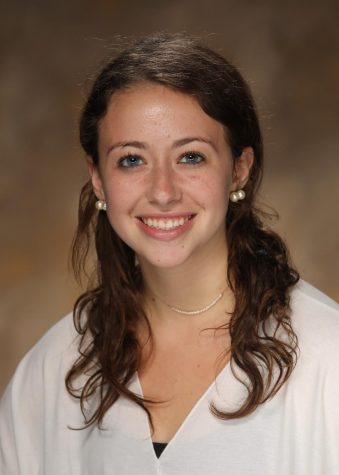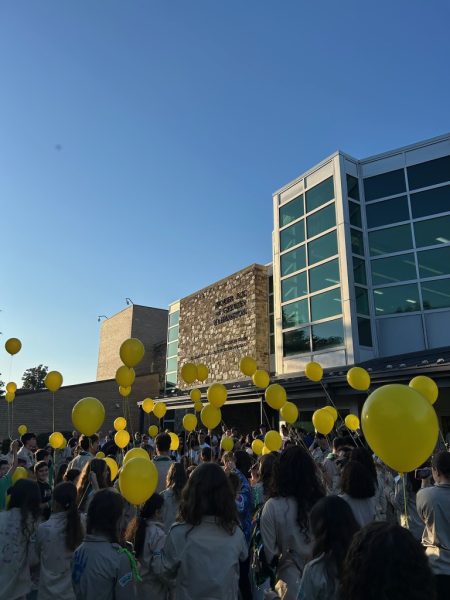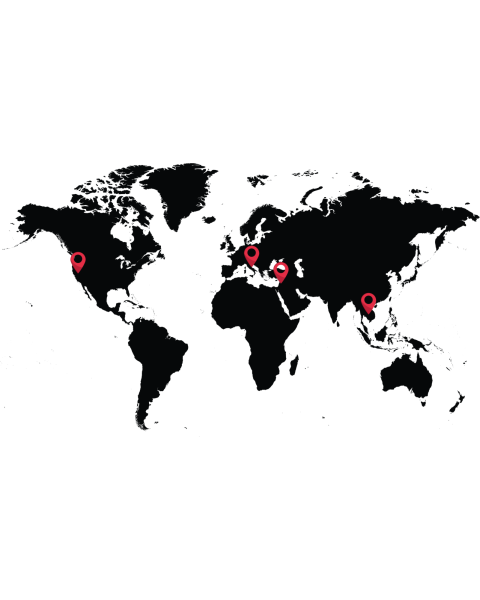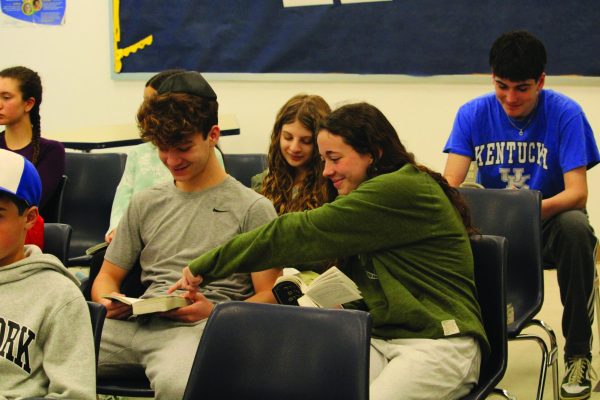Teachers take the student seat: Faculty bring newly-learned techniques to the classroom
When a European girl first entered a Hebrew-teaching intensive located in Middlebury, Vt., she could not utter a single word in Hebrew, yet weeks later she could maintain a conversation. “How?” questioned Hebrew teacher Shelli Putterman-Kenett, astounded by the progress of this teenager in such a short period of time. Putterman-Kenett, along with other CESJDS teachers who participated in programs such as these, believes that the professional methods they learned during the intensive can be applied to their own classes.
Since this summer, Putterman-Kennet has participated in an intensive Hebrew-teaching course that strives to teach students of all backgrounds a second language. The Program of Advanced Pedagogy in Teaching the Hebrew Language and Culture is offered through Middlebury University over the course of two years.
To achieve the objective of the course, students in the class were required to be immersed in an environment in which they could only speak their new language for the course of a six-week period.
Putterman-Kennet observed participating students at Middlebury University, which allowed her to experiment with different styles of teaching. She determined what worked best in the classroom in efforts to perfect her own teaching techniques for the school year, while mainly focusing on adequately teaching a second language to students in a brief six-week time frame.
While many students entered the program without any prior knowledge of the Hebrew language, after the immersive part of the program concluded, Putterman-Kennet was able to have conversations, exchange ideas and watch Israeli films with all of her students, and was “astonished” after seeing the results of the class.
“At first, I thought all of the students were going to know some Hebrew, or others were going to be American Jews. However, I was astounded when I found myself incorrect, as there were students from China, Saudi Arabia, Mexico, Europe, Egypt, Lebanon, and … were suddenly able to understand and learn Hebrew.”
Similarly, Science Department Chair and teacher Kimberly Agzigian has participated in professional development for over 20 years. This past summer, she went to a conference with Upper School STEM Coordinator Cassandra Batson about 3-D printing at the Digital Harbor Foundation in Baltimore.
Throughout the three-day intensive, from 8 a.m. to 5 p.m., Agzigian and Batson gained knowledge about operating and genetically engineering cells on a 3-D printer. Agzigian plans to apply the interactive information to her bioengineering class and mirror laboratory activities such as creating 3-D printed biodegradable scaffolds and genetically engineering cells with fluorescent green colors.
High School Principal and Associate Head of School Marc Lindner believes that professional learning continues to be a “priority” at JDS and a beneficial way for teachers to refine their educational skills.
“It means that [teachers] can bring that professional learning and growth to their classes, and share with students through their teaching and through relationships with their students,” Lindner said. “What we want is for our programs to continue to grow and be as strong as [they] can be; that’s why professional learning is a priority, whether it be in the summer or during the school year.”
According to Lindner, when teachers return to the school, they are often able to apply the parts of the program that “resonate” with them to their classes. With this renewed professional growth and experience, teachers such as Putterman-Kennet are confident that their students can benefit from their teaching styles and succeed in their classes, particularly in a Hebrew-speaking environment.
“I know in my classes that I will now be able to continue this line of improvement and teach my students that success is possible if you’re placed in lab conditions and [if you] are determined, you can be successful,” Putterman-Kennet said.
This story was featured in the Volume 36, Issue 2 edition of The Lion’s Tale, published on Oct. 26, 2018.





